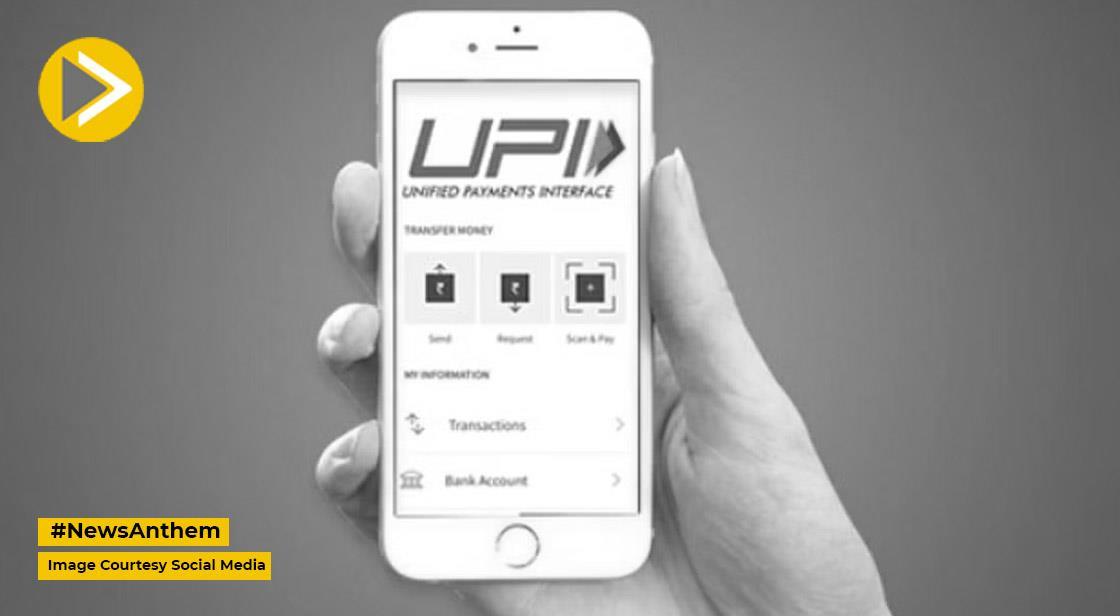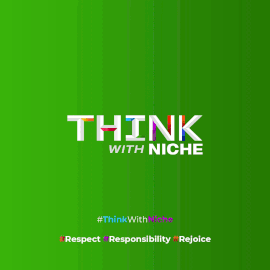UPI Crosses 707 Million Transactions in a Single Day: New Record Set

News Synopsis
India’s revolutionary digital payments system, the Unified Payments Interface (UPI), reached an all-time high with over 707 million transactions in a single day on August 2, 2025, as revealed by the National Payments Corporation of India (NPCI).
"India’s UPI has achieved yet another milestone, recording over 707 million transactions in a single day on August 2, 2025."
This unprecedented figure showcases UPI’s continued dominance and rapid growth in the Indian financial ecosystem. It also cements UPI's position as a global leader in real-time digital payments.
UPI Growth Trajectory: From 350 Million to 707 Million in Two Years
UPI’s journey over the last two years has been remarkable. In 2023, Unified Payments Interface (UPI) averaged around 350 million (35 crore) transactions daily. That figure rose to 500 million (50 crore) by August 2024, and now it has comfortably surpassed 700 million (70 crore) transactions a day.
"UPI has come a long way in the past few years, doubling its daily usage since 2023... and now it’s comfortably crossed 700 million (70 crores)."
The Government of India has set an ambitious target of hitting 1 billion (100 crore) transactions per day by 2026, highlighting the scale and potential of UPI in transforming digital finance.
"The Government of India is aiming to reach 1 billion (100 crores) transactions daily by next year."
What is UPI and How Does It Work?
UPI: Unified Payments Interface Explained
"UPI, short for Unified Payments Interface, is a real-time payment system that allows users to send and receive money using their smartphones."
Developed and managed by NPCI, UPI enables seamless transactions by linking multiple bank accounts via a single mobile application. Users can transact with just a UPI ID or phone number — no need to enter card details or bank account numbers.
Breaking the 700 Million Barrier: What Happened on August 2?
"UPI hit the 700 million daily transaction mark for the first time on August 2, 2025. This record-breaking figure was confirmed by NPCI."
The timing isn’t random. The surge was likely fueled by monthly rent payments, salary disbursals, utility bills, and other start-of-month financial activities, which typically spike UPI usage.
"A push at the beginning of August — when people tend to make rent payments, utility bills, and salary transfers — likely helped it surpass the 700 million milestone."
What Does This Record Mean for India’s Economy?
"Crossing 700 million daily transactions is more than just a number. It reflects how deeply UPI is embedded in India’s day-to-day financial life."
-
Over 85% of digital payments in India are now made via UPI.
-
62% of UPI transactions are merchant payments, not just peer-to-peer.
-
UPI is challenging traditional card giants like Visa and Mastercard in transaction volume.
"UPI is also challenging global payment giants like Visa and Mastercard in terms of daily volume. The difference? UPI settles payments in real time..."
Real-Time vs Delayed Settlements
Unlike card networks, which typically use delayed settlement models, UPI processes payments instantly, making it a preferred choice for both consumers and merchants.
The Sustainability Question: MDR and Revenue Models
While UPI’s zero-cost model has fueled adoption, it’s now raising financial sustainability concerns.
"Currently, there’s no Merchant Discount Rate (MDR) on UPI payments, which means banks and payment apps don’t earn much from transactions."
Fintech players and banking institutions are urging the government to reinstate MDR — at least for large merchant transactions — to create a viable revenue stream.
"Fintech firms and industry bodies have been pushing the government to bring back MDR — at least for big-ticket merchant transactions — to make the system financially sustainable."
Even the RBI has backed this idea, recognizing the need for a long-term business model to support UPI’s infrastructure.
UPI Apps and Usage Platforms
"UPI payments are supported by a wide range of apps. The most commonly used ones are Paytm, PhonePe, Google Pay, Amazon Pay, BHIM, and banking apps like SBI Yono, ICICI iMobile, HDFC PayZapp..."
Popular UPI platforms include:
-
Google Pay
-
Paytm
-
Amazon Pay
-
Banking apps (SBI Yono, HDFC, ICICI, etc.)
-
Credit and lending apps like Cred and Slice
UPI is now integrated with over 300 banks and used for bill payments, shopping, donations, and daily purchases — both online and offline.
Is UPI Replacing Cash and Traditional Banking?
"As UPI continues to grow, the use of cash and even debit cards is seeing a slow decline, especially in urban areas."
Here’s how UPI is impacting legacy financial systems:
-
Cash transactions are declining in metro cities.
-
NEFT and IMPS are now secondary for small-value payments.
-
UPI is driving India closer to a less-cash economy.
-
Rural areas and elderly populations still rely heavily on cash.
"While traditional banking still plays a crucial role — especially for large financial decisions, loans, or investments — UPI is becoming the go-to method for daily transactions."
FAQs About UPI's Growth
Q: Is UPI free to use for consumers?
Yes. Most UPI transactions for users remain completely free.
Q: Can merchants accept UPI payments without fees?
Yes — as of now, merchants do not pay MDR on UPI transactions. But this may change for high-value payments in the future.
Q: Is UPI available internationally?
NPCI has partnered with countries like Singapore, UAE, France, Sri Lanka, and others to expand cross-border UPI transactions.
Conclusion: UPI’s 700 Million Record is Just the Beginning
UPI’s crossing of 707 million daily transactions is a landmark achievement that underscores India’s leadership in digital payments globally. With rising merchant adoption, growing integration with global markets, and government support, UPI is positioned to hit 1 billion transactions daily sooner than expected.
However, to ensure long-term sustainability, a robust revenue model — possibly involving MDR for certain sectors — will be essential. As India continues its journey toward a cash-lite economy, UPI remains at the heart of this digital transformation.
You May Like









